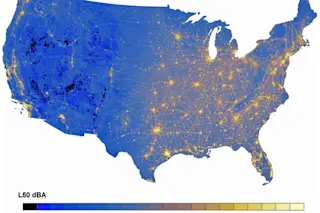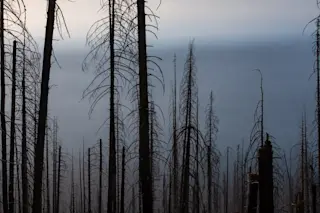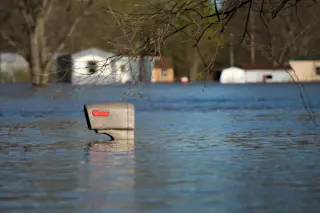Head for the dark blue if you're seeking some peace and quiet in the United States. (Credit: Natural Sounds and Night Skies Division, NPS) Humans love to make a racket. From our car horns to jackhammers, noise is a constant companion wherever people come together to live, work and play. So where can a person go to find some peace and quiet? Thanks to data gathered by the National Park Service, it’s now easy to find the nation’s sanctuaries of silence. Researchers conducted more than 1.5 million hours of acoustical monitoring at 546 different sites to construct a map (above) that shows the average noise levels throughout the U.S. on a typical summer day. The basic takeaway: The further you head west, the quieter life gets.
A microphone records the sounds of Great Sand Dunes National Park and Preserve in Colorado. (Credit: NPS) The Natural Sounds and Night Skies Division ...














